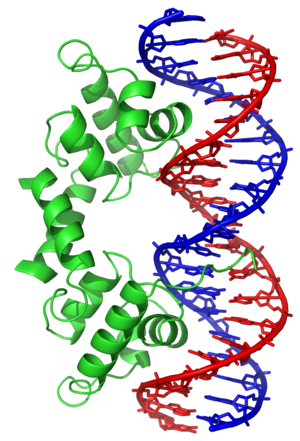What about Circular RNAs?
Reporter: Larry H Bernstein, MD, FCAP
Circular RNAs throw genetics for a loop
RNA ‘sponges’ mop up sequences that curb gene expression.
Heidi Ledford 27 Feb 2013
At least some of the loops, described in two papers published this week by Nature1, 2,
- act as molecular sponges’,
- binding to and
- blocking tiny gene modulators called microRNAs.
The researchers suspect that the circular RNAs have many other functions. The molecules comprise “a hidden, parallel universe” of unexplored RNAs, says Nikolaus Rajewsky, the lead author of one of the studies and a systems biologist at the Max Delbrück Center for Molecular Medicine in Berlin. The discovery is yet another a reminder that
- RNA is much more than a mundane messenger between DNA and the proteins it encodes.
Related articles
- Weird Molecular Hoops Made From Human Genome (livescience.com)
- microRNA biomarker (pharmaceuticalintelligence.com)
- How Genes Function (pharmaceuticalintelligence.com)
- Weird molecular hoops dispel ‘junk DNA’ myth (science.nbcnews.com)
- ‘Activating’ RNA Takes DNA On A Loop Through Time And Space (medicalnewstoday.com)


